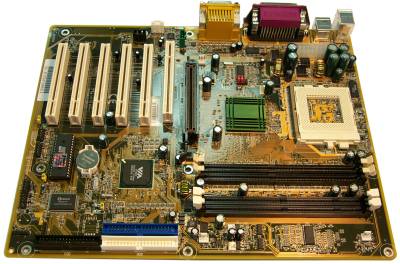Bij X-Bit Labs heeft men een review in elkaar geknutseld van het Shuttle AV32 moederbord. Deze is gebaseerd op de VIA Apollo Pro266 chipset voor Socket 370 processors. Naast AGP, vijf keer PCI en ACR is er op het plankje plaats voor zowel DDR geheugen als normaal SDRAM, wat zeker makkelijk is voor mensen die van plan zijn later te upgraden. De review richt zich dan ook vooral op de verschillen in prestaties tussen deze twee geheugensoorten. Daarnaast wordt hij vergeleken met een tweetal GigaByte plankjes met dezelfde chipset en de Asus CUSL2. Na veel benchmarks moet met tot een weinig verrassende conclusie komen; DDR geheugen heeft bijna totaal geen nut voor het Pentium III platform:
It makes no secret now that DDR SDRAM can't reveal all its smartness in Pentium III systems. So, no one is surprised to see that mainboards built on VIA Apollo Pro266 core logic with PC2100 DDR SDRAM turn out to be no faster than those based on i815E. As for PC133 SDRAM support implemented in VIA's new chipset, we can declare that it is by all means no worse than that of the company's previous core logic, VIA Apollo Pro133A. At the same time, the memory controller in VIA's offspring is again not so effective as that in Intel's chipsets. This way, the strongest side of VIA Apollo Pro266-based mainboards supporting two types of memory - SDRAM and DDR SDRAM - is their multifunctional nature. Besides, it makes sense to use boards based on this core logic only in memory-demanding cases, since Intel offers no mainstream chipsets for Pentium III so far that would be able to support more than 512MB system memory.
All the above given commentaries are true for Shuttle AV32 which is based on VIA Apollo Pro266 and supports two types of SDRAM. As Shuttle is one of the pioneers to launch a mainboard of the sort, it has positioned itself as a source for rational solutions.

